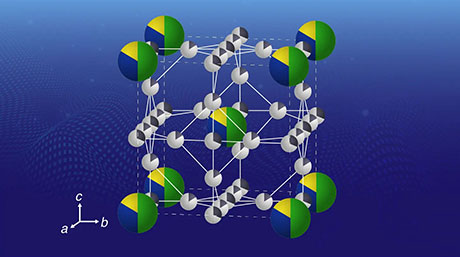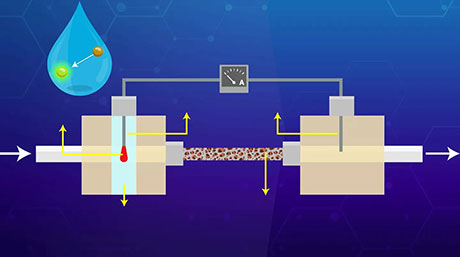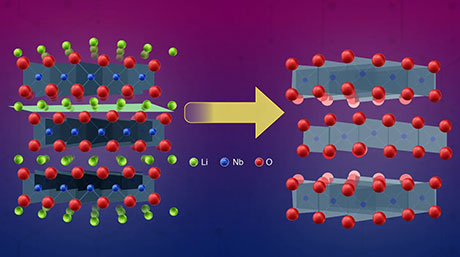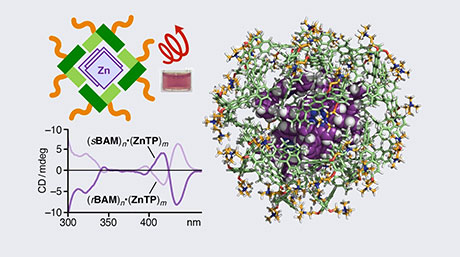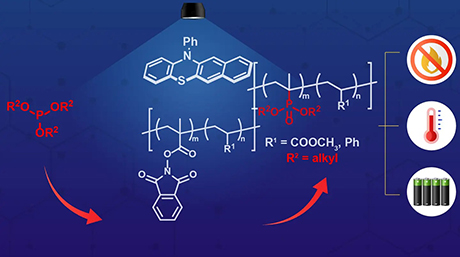Chemical Science and Engineering News
Steric Zipper Interactions in Artificial Crystalline Peptide β-Sheets
A novel approach to constructing crystalline artificial steric zippers has been reported by scientists at Tokyo Tech. Such structures contribute to the extraordinary stability of amyloid fibrils associated with neurodegenerative diseases. By folding and assembling tetrapeptide fragments using metal ions, the scientists observed two classes of steric zippers. Their insights into the structural features of steric zippers hold promise for the development of artificial peptide materials.
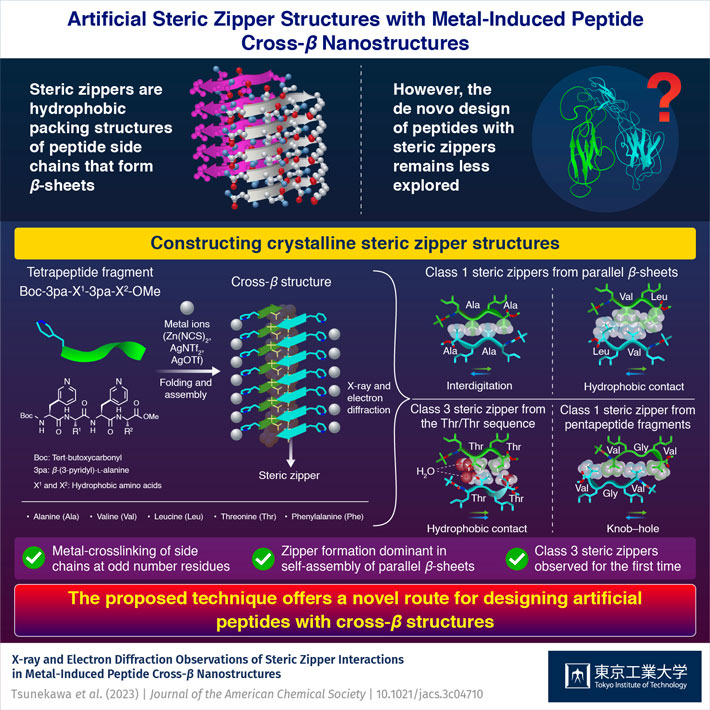
Steric zippers are a specific type of hydrophobic packing structure that form between two adjacent layers of peptide β-sheets in amyloid and similar fibrils. These structures play a crucial role in the stability and propagation of amyloid fibrils, and can aid in designing new peptide-based materials. However, creating artificial steric zippers is challenging owing to the strong aggregation tendency of β-sheet peptides. This often leads to the formation of gels and fibrils, making it difficult to obtain structures in their crystalline form.
Now, in a new study published in the Journal of the American Chemical Society![]() , researchers from Japan, led by Associate Professor Tomohisa Sawada from Tokyo Institute of Technology (Tokyo Tech), have presented a novel approach for the construction of crystalline artificial steric zippers.
, researchers from Japan, led by Associate Professor Tomohisa Sawada from Tokyo Institute of Technology (Tokyo Tech), have presented a novel approach for the construction of crystalline artificial steric zippers.
"Although previous studies have revealed that peptide fragments derived from native protein sequences exhibit steric zipper structures, their de novo designs have rarely been studied," explains Dr. Sawada.
The researchers began by preparing custom Boc-3pa-X1-3pa-X2-OMe tetrapeptide structures, where Boc refers to tert-butoxycarbonyl, 3pa represents β-(3-pyridyl)-ʟ-alanine, OMe is the methoxy group, and X1 and X2 denote the hydrophobic amino acids, namely alanine, valine, leucine, threonine, and phenylalanine. The tetrapeptide structures were designed such that the pyridyl groups and the hydrophobic amino acid groups formed side chains on either side of the peptide backbone. This specific arrangement of the residues in the peptide sequence played a crucial role in the formation of steric zippers in the crystalline state.
The tetrapeptide fragments were introduced in microtubes together with a metal salt (Zn(NCS)2, AgNTf2, or AgOTf) and incubated at room temperature. These salts enabled the formation of reversible coordination bonds between the pyridyl group of peptides and the metal ions. Essentially, this interaction prevented the uncontrollable aggregation of β-sheet peptides, leading to the formation of needle-shaped crystals containing steric zippers.
By using different combinations of hydrophobic amino acids in peptides, the researchers constructed various steric zipper structures. Hydrophobic amino acids containing methyl side chains, such as alanine, valine, and leucine groups, resulted in class 1 steric zippers, with peptide backbones arranged parallel to each other. Moreover, the type of interaction between the β-sheets depended on the steric bulkiness of the alkyl side chains present in the hydrophobic amino acids. For instance, tetrapeptide structures containing alanine, which has a smaller methyl side chain, exhibited interlocked structures through interdigitation. In contrast, when the alkyl side chains of hydrophobic amino acids were larger, as in valine and leucine, the β-sheets were linked via hydrophobic contact.
Notably, the researchers observed a class 3 steric zipper for the first time. These unique structures emerged due to hydrophobic amino acids with side groups other than alkyl groups, such as threonine and phenylalanine. In these zippers, two β-sheets faced the same direction, adding to the diversity of steric zipper configurations.
Finally, the researchers extended the system to a knob–hole-type zipper using pentapeptide fragments. "The design of peptide materials based on steric zippers has so far been limited to biological systems. The present results open up a new route for the design of artificial peptide materials based on these structures," remarks Dr. Sawada.
In conclusion, the insights into the structural characteristics of steric zippers can pave the way for novel therapeutic strategies for preventing or reversing diseases caused by amyloid fibrils.
- Reference
| Authors : | Eisuke Tsunekawa1, Yusuke Otsubo1, Yusuke Yamada2, Akihito Ikeda2, Naruhiko Adachi2, Masato Kawasaki2, Akira Takasu2,3, Shinji Aramaki2,3,4, Toshiya Senda2, Sota Sato1,5, Satoshi Yoshida1, Makoto Fujita1,5,*, and Tomohisa Sawada6,7,* |
|---|---|
| Title : | X‑ray and Electron Diffraction Observations of Steric Zipper Interactions in Metal-Induced Peptide Cross‑β Nanostructures |
| Journal : | Journal of the American Chemical Society |
| DOI : | 10.1021/jacs.3c04710 |
| Affiliations : | 1Department of Applied Chemistry, School of Engineering, The University of Tokyo 2Structural Biology Research Center, Institute of Materials Structure Science, High Energy Accelerator Research Organization (KEK) 3Life Science Center for Survival Dynamics, Tsukuba Advanced Research Alliance (TARA), University of Tsukuba 4Tietz Video and Image Processing Systems Japan G.K. 5Division of Advanced Molecular Science, Institute for Molecular Science, National Institutes of Natural Sciences 6Laboratory for Chemistry and Life Science, Institute of Innovative Research, Tokyo Institute of Technology 7Precursory Research for Embryonic Science and Technology (PRESTO), Japan Science and Technology Agency (JST) |
|
* Corresponding authors' emails: sawada.t.ak@m.titech.ac.jp (T. Sawada) ; mfujita@appchem.t.u-tokyo.ac.jp (M. Fujita) |
|
- Yoshizawa & Sawada Lab.
- Tomohisa Sawada | Researcher Finder - Tokyo Tech STAR Search
- Laboratory for Chemistry and Life Science
- Institute of Innovative Research (IIR)
- Chemical Science and Engineering Graduate Major|Education|Department of Chemical Science and Engineering, School of Materials and Chemical Technology
- Chemical Science and Engineering Undergraduate Major|Education|Department of Chemical Science and Engineering, School of Materials and Chemical Technology
- The University of Tokyo
- Institute for Molecular Science
- High Energy Accelerator Research Organization
- Latest Research News
Further Information
Associate Professor Tomohisa Sawada
Institute of Innovative Research, Tokyo Institute of Technology
